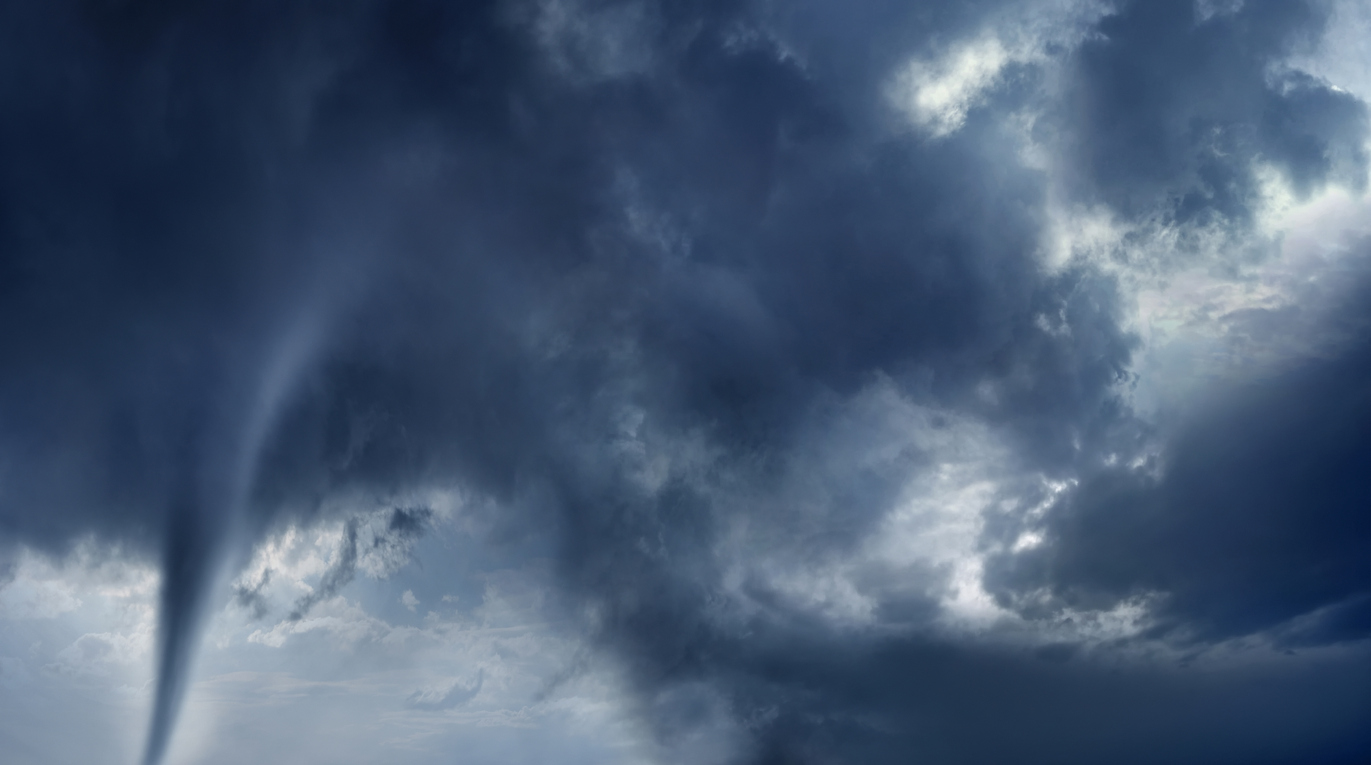Smaller but more frequent catastrophes are a primary driver of changing rates and coverage.
Hawaii’s deadly wildfires are a tragic illustration of a phenomenon roiling the insurance industry: increasing losses from what were historically considered “secondary” catastrophes.
So-called secondary perils are more frequent than primary perils such as hurricanes or earthquakes, and generally less severe individually. But events such as wildfires, major thunderstorms, river floods and landslides have been collectively racking up increasingly sizable insurance losses in recent years.
A report by Swiss Re last week noted that widespread thunderstorms in the U.S.—or what are known as severe convective storms, marked by thunder and lightning, heavy rain and hail, strong winds and sharp temperature changes—have accounted for nearly 70% of global insured natural catastrophe losses in the first six months of this year. Wildfires, too, have been significant insurance events in recent years. Since 2017, there have been two roughly $10 billion-insured-loss California wildfires, according to the Insurance Information Institute.
Climate change that increases the frequency or severity of events is only one part of the equation. There are also the effects of inflation, driving up property values and the cost of repair or replacement, as well as the “social inflation” of protracted litigation. Erdem Karaca, head of catastrophe perils for the Americas at Swiss Re, says that losses from secondary perils have “been trending higher in recent years due to growing population and economic values” in regions exposed to them, citing Texas’s nearly 40% population growth in the past two decades as an example.
These secondary perils, as well as other often harder-to-model events such as Covid-19, have also played a key role in slowing the flow of capital into the reinsurance market that provides a backstop to insurers who write policies for homes and autos. This, in turn, has helped drive a shift in pricing and coverage that has flowed through all the way to consumer prices.
During the era of superlow interest rates, investors chased yield in the form of things such as catastrophe bonds and other insurance-linked securities, or ILS, that make up what is known as alternative capital in the industry. That supply of money helped keep increases in the cost of insurance relatively muted, even as catastrophe losses started ramping up sharply in 2017.
But secondary perils may not be the kind of catastrophes investors thought they were underwriting when throwing money into this market. Such events have been “particularly challenging for ILS managers who have historically sold investors on being exposed to headline risk—the results have not borne that thesis out,” brokerage Arthur J. Gallagher & Co.’s Gallagher Re wrote in a January report.
Accordingly, there has been a reduction in capital from these alternative sources. Even through the first half of this year, with yields on ILS relatively higher than their benchmarks than in the past, “there were still no obvious signs of fresh reinsurance capital entering the market,” Gallagher Re wrote in July.
Less alternative capital in the market has allowed reinsurers to push through significant rate increases. That has been a boon to shares of large reinsurance providers, with U.S.-listed Everest Group, RenaissanceRe and Arch Capital Group all up by at least 34% over the last 12 months, versus a less than 1% gain for the S&P 500 financial sector overall.
On the flip side, primary insurers that buy reinsurance coverage to protect their capital have felt the effects of those higher costs. State Farm cited rising reinsurance costs as a reason it stopped the sale of new home-insurance policies in California. Higher catastrophe losses have hit Progressive, Allstate and others in the second quarter.
Not only have reinsurers in some cases raised the cost of coverage, but they have also moved up the starting point for when they will begin to absorb losses. Thus, the amount of losses that primary insurers have to take before reinsurance kicks in is in many cases getting larger. Reinsurers are now typically seeking to start at the level of catastrophe losses that occur around once every 10 years, rather than the more typical starting point of one-in-three-year or -five-year events, Gallagher Re said in its January report.
Clearly, the insurance industry as a whole needs to keep adjusting to worse events, more often. That won’t happen without cost.














